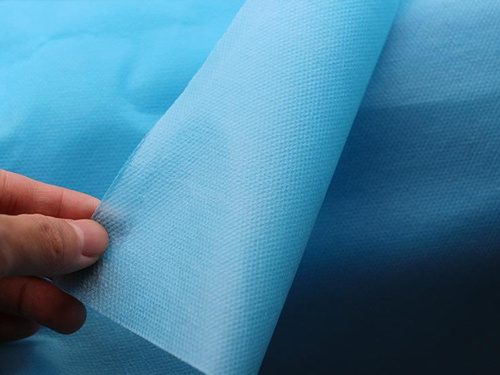The production process of polypropylene filament non-woven fabric is characterized by
Jul 01,2020
There are many products in the machinery industry, and different machinery and equipment play different roles. For example, non-woven equipment is specialized in the production of non-woven fabrics. There are many types of non-woven fabrics. One is called polypropylene filament. The product of non-woven fabric is considered to be a product with better production technology and characteristics in non-woven fabric. Next, let's take a look at the characteristics of the production process of polypropylene filament non-woven fabrics.
Polypropylene filament non-woven fabric is a kind of fabric that does not need to be spun and weaving. It just aligns or randomly arranges the textile short fibers or filaments to form a fiber network structure, and then uses mechanical, thermal bonding or chemical Reinforced by other methods. It is not interwoven and knitted together one by one yarn, but the fibers are directly bonded together by physical methods, so when you get the sticky scale in your clothes, you will find that, It is impossible to draw a single thread. Non-woven fabric breaks through the traditional textile principle, and has the characteristics of short process flow, fast production rate, high output, low cost, wide use, and multiple sources of raw materials.
Polypropylene filament non-woven fabric is composed of fine fibers (2-3D) and is formed by hot-melt bonding with light spots. The finished product is moderately soft and comfortable. Polypropylene filament non-woven fabric Polypropylene slices do not absorb water, have zero water content, and have good water repellency. The fiber composition is porous and has good air permeability. It is easy to keep the cloth dry and easy to wash. Polypropylene filament non-woven fabric products are produced with FDA food-grade raw materials, do not contain other chemical components, have stable performance and do not irritate the skin.
More news






